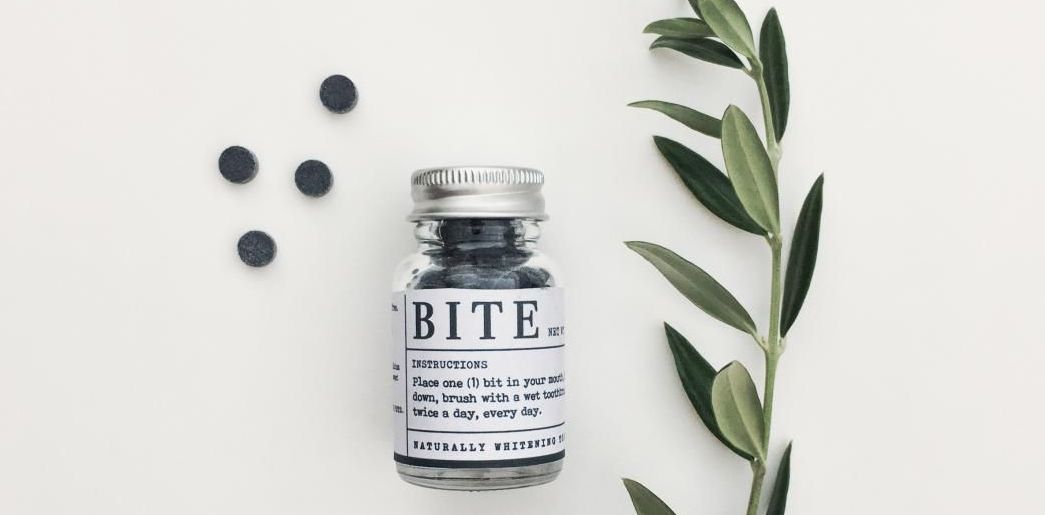AWARD YEAR
2023
CATEGORY
Body
GOALS
Good Health & Well-being
KEYWORDS
biodegradable, rapid-test, medical, sustainable, selftest
COUNTRY
Mexico
DESIGNED BY
Luis Fernando Sanchez Barrios
WEBSITE
https://www.fernandobarrios.com
Gelassette
Biodegradable Testing Cassette for COVID or any other single-use testing.
How does it work?
Gelassette derives from the first biodegradable cellulose-based rapid test ever designed by Luis Fernando Sanchez Barrios back in 2020. The prototype was further evaluated and improved in terms of material and the design which led to an ultimate optimized version: Gelassette, made in collaboration for and with Okos Diagnostics. It contains no plastic at all, and the positive characteristics of plastics are mimicked by a 100% biodegradable material often used in medicine: gelatin. The gelatin composition is fully biodegradable so that the lateral flow assay device is plastic-free and environmentally friendly.
Why is it needed?
Gelassette aims to solve medical waste control worldwide with a feasible and affordable solution. It is an organic case alternative for lateral flow assays to test COVID, or any other single-use testing, without the turndowns or excessive dimensions as plastic and cellulose variants, granting soil biodegradability in less than 4 weeks and water-dispersible in less than 3 hours. Gelassette is the first project, after which other smart sustainable innovations in the medical world will follow with Okos Diagnostics.
How does it improve life?
Not only are we in the era of a health crisis, but we are also in the middle of a ‘plastic soup’ crisis. Without debate plastic products played a crucial role in protecting people during the pandemic. However, the international waste management association estimates that throw-away plastic increased up to 300 percent since the start of this pandemic. As COVID will likely be a part of our lives, we should consider how to deal with single-use protective products, such as antigen tests, and how they are produced worldwide. Every time you do a lateral flow coronavirus test, you throw away around 10g - 20g of plastic that would never biodegrade. Regardless of who we are, where we live, and what we do, our present choices and actions have huge long-term impacts on future generations and that's why caring for our environment and public health must go hand in hand.







